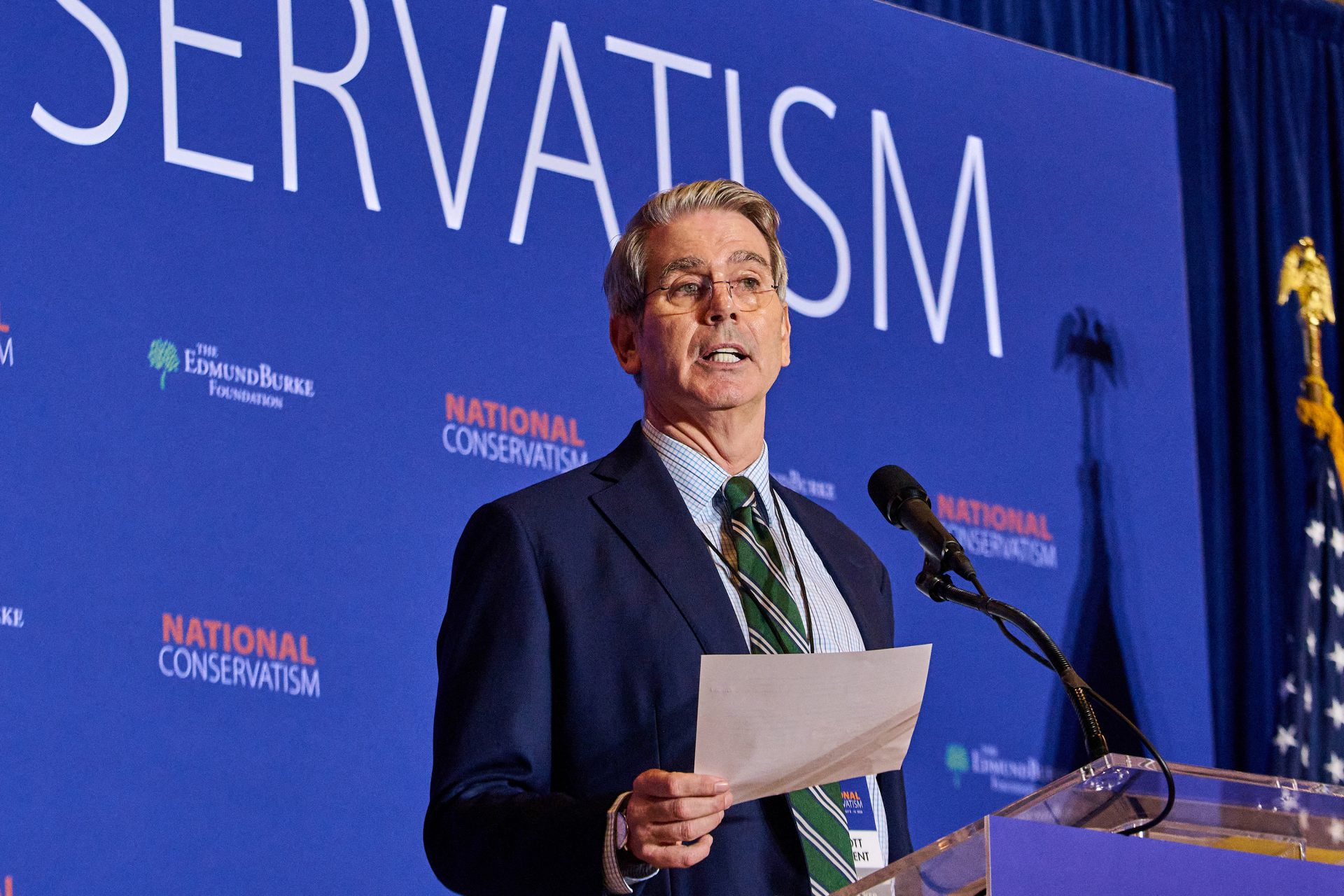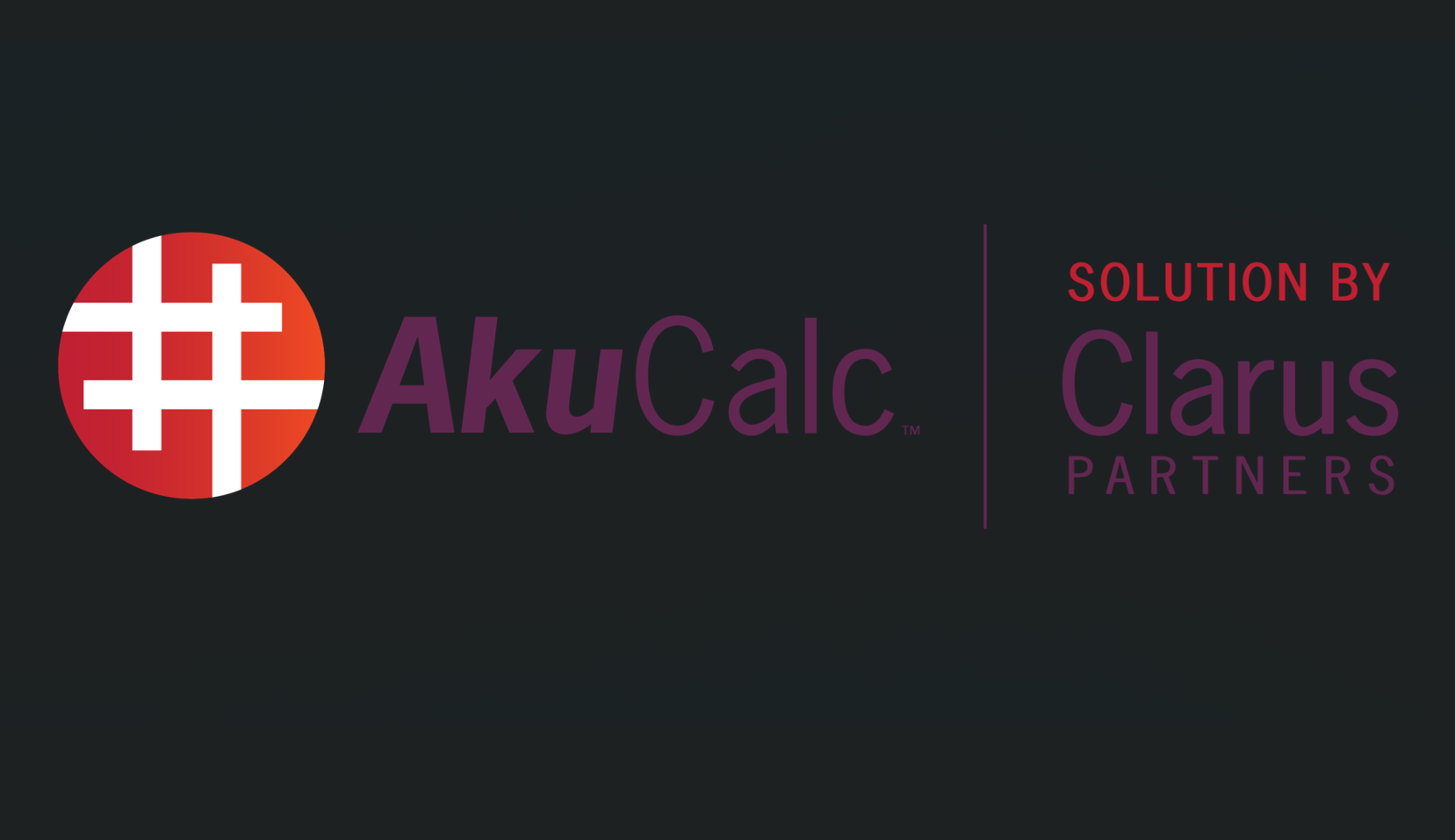If you recently entered the workforce, you may benefit from the “retirement saver’s credit.” Thanks to a special tax law provision, you can reduce your current tax bill by as much as $1,000 for single filers or $2,000 for joint filers when you make a contribution to qualified retirement plan, like a 401(k) at your first job. Similarly, this tax break may be available to someone else in the family, such as an adult child.
However, the new law enacted at the end of 2022—dubbed SECURE Act 2.0—completely revamps the retirement saver’s credit, beginning in 2027. Thus, now is a good time to review the “old rules” and the “new rules” regarding this tax law provision.
Old rules: For starters, you’re eligible to claim the credit if you’re age 18 or older; you’re not a full-time student; and you could not be claimed as a dependent by another person. If you meet those eligibility standards, you can claim the nonrefundable credit in a year when you make a contribution to a retirement plan. The credit is only available to contributors who fall under an adjusted gross income (AGI) threshold. The AGI thresholds for 2023 are $36, 500 for single filers and $73,000 for joint filers.
But the math can be confusing. Essentially the credit is 50%, 20% or 10% of a maximum contribution of $2,000 for a single filer or $4,000 for a joint filer, based on your AGI. For example, if a single filer earns $20,000 in their first year of employment and they contribute $1,000 to a 401(k) plan at work, they qualify for a 50% credit, or $500. The chart is shown below:
| Applicable percentage | AGI for single filers in 2023 | AGI for joint filers in 2023 |
| 50% | $21,750 and below | $43,500 and below |
| 20% | $21,751-$23,750 | $43,501-$47,500 |
| 10% | $23,751-$36,500 | $47,501-$73,000 |
Remember that the “old rules” remain in effect through 2026, barring any further legislation. The SECURE Act 2.0 changes don’t kick in until 2027.
New rules: The new law replaces the existing retirement saver’s credit with a “matching program.” Instead of only the employee making a contribution, Uncle Sam will foot part of the bill, subject to a phase-out based on AGI.
Under the new law, employees who contribute to a qualified retirement account may receive a limited matching contribution from the federal government. The contribution would be a maximum 50% of up to $2,000 in contributions for a maximum match of $1,000 match per individual.
The match is phased out at an AGI of $20,500 to $35,500 for single filers and $41,000 to $71,000 for joint filers. Note: Even if you won’t qualify for a matching contribution under the new rules, you can still benefit from your 401(k) contribution.
The upshot: You’ll have plenty of time to sort out the new rules. Expect some guidance from the IRS before the change takes effect. In the meantime, continue to take the old rules in account for retirement planning and tax purposes.
Thanks for reading CPA Practice Advisor!
Subscribe Already registered? Log In
Need more information? Read the FAQs
Tags: Benefits, Income Tax, IRS, Taxes





